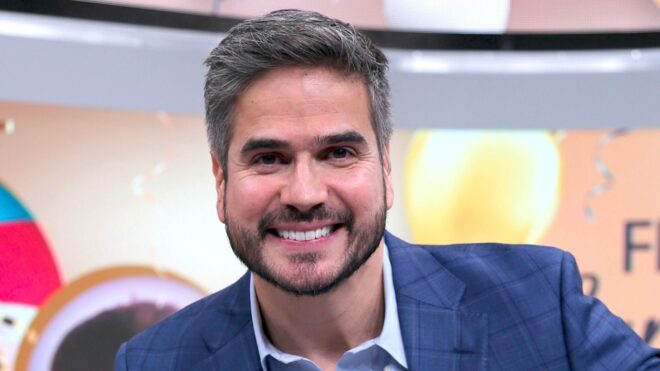Julia Matsumoto was diagnosed with a rare condition called optic neuritis, which caused her to go blindn when she was 31. She says a steroid she was prescribed to treat the condition caused her to gain weight despite improving some of her vision. Matsumoto decided to undergo liposuction not only to lose the weight she gained, but because her doctors learned of a procedure that infuses stem cells into the body. This method was intended to replace the steroids she was taking but is controversial in the medical field.
So did the surgery work? You'll be shocked by the answer!
Read more ¿Qué más?: Mom says breast implants cured her depression
Dr. Mark Berman, who performed the liposuction on Matsumoto, learned of the procedure while researching for steroid alternatives. This seemed like her best bet and in his eyes the most effective option. "As a cosmetic surgeon, I've been harvesting fat to throw it out because people want to get rid of it. Now, I tell people who come for liposuction, 'Don't be so quick, your fat is loaded with stem cells,' " he said.
When performing the surgery on Matsumoto, Dr. Berman first did the liposuction portion. He then separated the fat and blood that remained and injected her IV with the cells necessary to help her heal. In a matter of four days, Matsumoto claims she got her vision back. Since then she goes back every two months to get the stem cell treatment.
However, other medical professionals are skeptical that the transfusion is what brought back the woman's vision and think it may have been all due to the steroids she was taking. Whatever it was that miraculously cured her definitely has her grateful. "It's given me a new life," she said explaining how prior to it she was depressed and unhappy.
I'm shocked that a cosmetic procedure such as liposuction could be a possible solution to help a visual condition. I would never in a million years have associated one with the other, but I guess I was wrong! Whatever it is that brought back this woman's vision should be thoroughly researched. This could be revolutionary in the way doctors approach other patients with the same condition.
Image via Thinkstock




